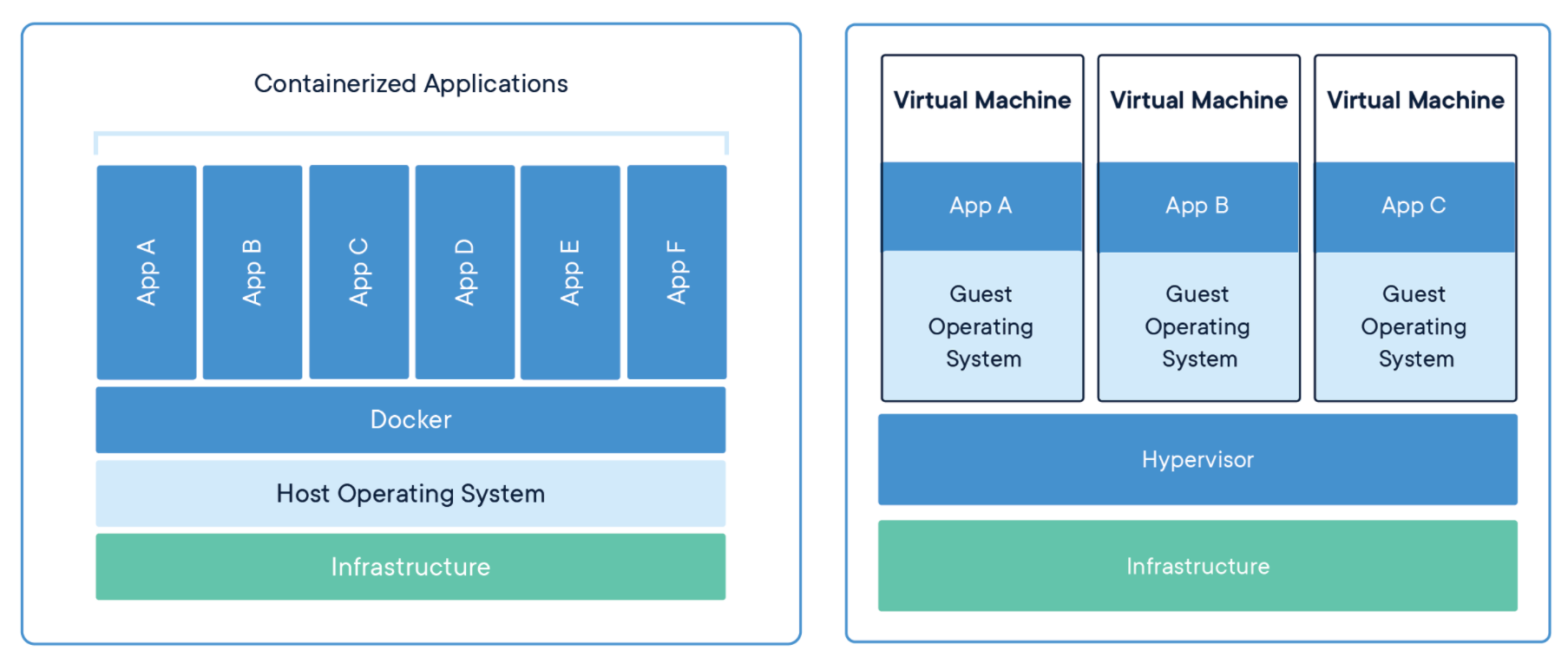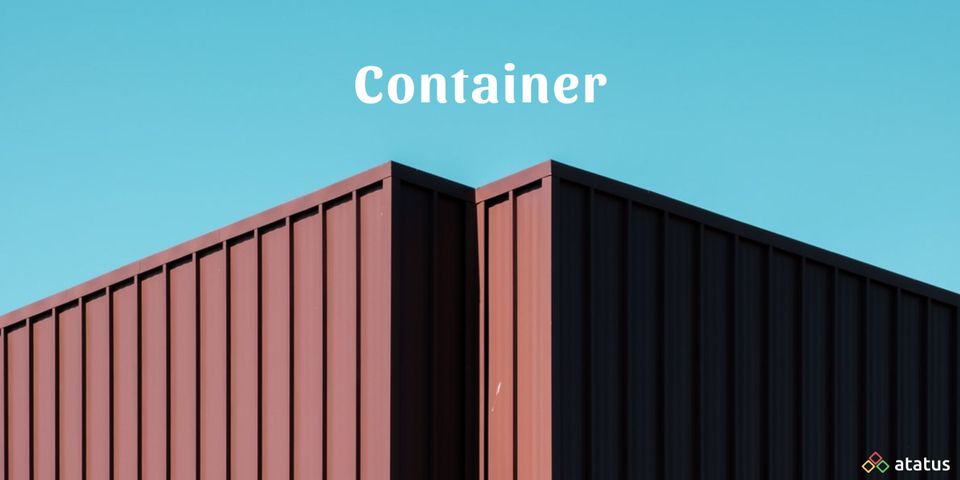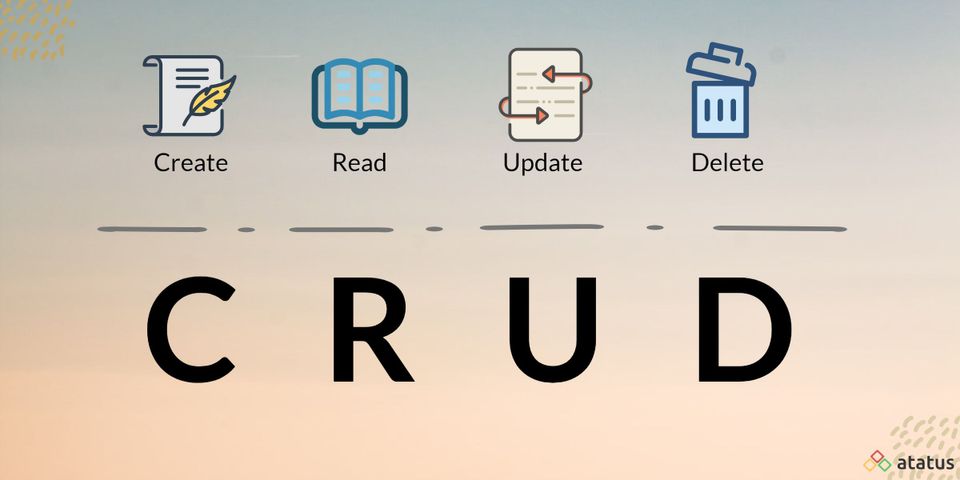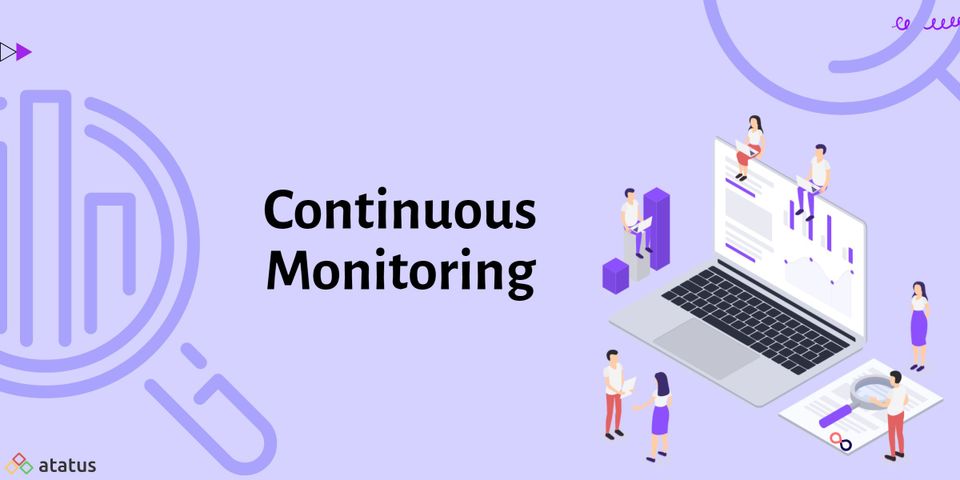Software development tools are increasingly using a method known as containerization, which is similar to how shipping industries use physical containers to isolate different cargo for transfer on ships and railways.
We will go over the following:
- What is Container?
- How does Container Work?
- Why Should You Need Container?
- Use Cases of Container
- Benefits of Container
- Container vs Virtual Machine (VM)
What is Container?
Containers are executable software units in which application code, as well as its libraries and dependencies, are packed in standard ways and run anywhere, including on a desktop, in traditional IT, and in the cloud. Containers do this by utilizing a type of operating system (OS) virtualization in which characteristics of the OS are used to both isolate processes and regulate the amount of CPU, memory, and disk access that those processes have.
Containers are tiny, fast, and portable because, unlike virtual machines, they do not require a guest OS in every instance and may instead rely on the host OS's capabilities and resources. From a small microservice or software process to a huge application, a single container can operate it all.
All of the necessary executables, binary code, libraries, and configuration files are contained within a container. Containers, in contrast to the server or desktop virtualization, do not contain operating system images. As a result, they are more lightweight and portable, with less overhead. Multiple containers may be deployed as one or more container clusters in bigger application deployments. A container orchestrator like Kubernetes could manage such clusters.
How does Container Work?
Containers contain the components required to operate the software. Files, environment variables, dependencies, and libraries are components of the container. The container's access to physical resources such as CPU, storage, and memory is limited by the host OS, so a single container cannot use all of the host's physical resources.
Container image files are full, static, and executable representations of an application or service that vary depending on the technology. Docker images are composed of numerous layers, beginning with a basic image that contains all of the dependencies required to run code in a container.
On top of static, unchanging layers, each image has a readable/writable layer. The underlying picture layers can be saved and reused in many containers because each container has its own special container layer that customizes that specific container. A manifest, file system layers and configurations make up an Open Container Initiative (OCI) image.
A runtime and an image specification are required for an OCI image to function. Runtime requirements explain the behaviour of a file system bundle, which are files containing all necessary data for performance and runtimes. The image specification includes all of the information required to run an application or service in the OCI container.
Many enterprises utilize a container scheduler and/or orchestration platform like Kubernetes to manage deployments, while the container engine executes images. Because each image provides the dependencies required to execute the code in a container, containers have a high level of mobility.
Why Should You Need Container?
The issue of an application failing to execute properly when relocated from one environment to another is as old as software development. Differences in configuration, underlying library requirements, and other dependencies are the most common causes of such issues.
Containers solve this challenge by offering a lightweight, immutable infrastructure for packaging and deploying applications.
A container image encapsulates an application or service, as well as its dependencies and configuration. The containerized application can be tested as a standalone unit and deployed to the host operating system as a container image instance. Containers make it possible for developers and IT professionals to deploy applications across environments with minimal or no changes.
Use Cases of Container
Containers are becoming more popular, particularly in cloud environments. Containers are being considered by several businesses as a replacement for virtual machines (VMs) as the general-purpose compute platform for their applications and workloads. However, there are a few critical use situations where containers are particularly useful within that broad scope.
- Microservices
Containers are compact and lightweight, making them an excellent fit for microservice architectures, which are made up of numerous small, loosely connected, and independently deployable services. - Lift and Shift
Migrating to the cloud can provide considerable benefits to a company, but it may not be feasible to rewrite an existing application. You can theoretically shift your applications to the cloud using containers without changing any code. - DevOps
Many teams embrace DevOps as the method they build, ship, and run software using a combination of microservices as architecture and containers as a platform. - Batch
Batch processing refers to tasks that can be completed without the need for human interaction or on a resource-available basis. Containers make it simple to run batch jobs without having to worry about setting up an environment or managing dependencies. In order to efficiently ingest source data, process it, and store it, dynamic computing options can be used. - Hybrid and Multi-cloud
Containers are a suitable underlying architecture for hybrid cloud and multi-cloud scenarios where enterprises find themselves operating across a mix of public clouds in addition to their own data center since they can function reliably anywhere, including on laptops, on-premises, and in the cloud. - Machine Learning
Machine learning uses algorithms to analyze data and generate predictions based on the patterns discovered. Machine learning applications can be self-contained and scalable in any environment using containers. - Application Modernizing and Migration
Containerizing applications so that they may be transferred to the cloud is one of the most prevalent techniques for application modernization.
Benefits of Container
Containers make it easier to design, test, deploy, and redeploy applications across a variety of environments, from a developer's laptop to an on-premises data centre and even the cloud. Containers provide a lot of benefits, including:
- Lightweight
Containers share the machine's OS kernel, removing the need for a separate OS instance for each application and keeping container files tiny and resource-friendly. They can boot up rapidly and better support cloud-native applications that grow horizontally due to their reduced size, especially when compared to virtual machines. - Portable and Platform-Independent
Containers take all of their dependencies with them, allowing software to be created once and run across laptops, cloud, and on-premises computing environments without having to be re-configured. - Supports Modern Architecture and Development
Containers are a good fit for modern development and application patterns that are built on regular code deployments in small increments, such as DevOps, serverless, and microservices, because of their portability and consistency between platforms, as well as their tiny size. - Improves Utilization
Containers allow developers and operators to make better use of physical machines' CPUs and memory. Containers go even farther since they enable microservice architectures, allowing application components to be deployed and scaled more granularly, which is a more appealing option than scaling up an entire monolithic application because a single component is experiencing load issues. - Agility
When developers construct and bundle their applications into containers and give them to IT to operate on a standard platform, the overall effort to deploy applications is reduced, and the entire development and testing cycle may be streamlined. This improves collaboration and efficiency between development and operations teams, allowing apps to be released faster.
Container vs Virtual Machine (VM)
Container technology is frequently confused with virtual machines (VMs) or server virtualization technologies. Containers are not the same as virtual machines, despite some similarities.

At its most basic level, virtual machines (VMs) virtualize the underlying hardware so that many operating system (OS) instances can operate on it. Each VM runs an operating system and has access to virtualized resources that represent the underlying hardware.
Virtual machines have numerous benefits. These benefits include the capacity to run multiple operating systems on the same server, better and more cost-effective physical resource use, and faster server provisioning. On the other hand, each VM contains an OS image, libraries, applications, and other components, it can get quite large.
A container virtualizes the underlying OS, giving the containerized software the impression that it has the entire OS to itself, complete with CPU, memory, file storage, and network connections. Because the differences in the underlying OS and infrastructure are abstracted, the container can be deployed and run anywhere as long as the base image is consistent. This is really appealing to developers.
Containers don't need to boot an OS or load libraries because they share the host OS. Containers become significantly more efficient and lightweight as a result of this. In comparison to a VM situation, containerized applications can start in seconds and many more instances of the application can fit on the machine.
The Future of Container
The container is gaining traction in a variety of IT sectors, including security, networking, and storage. To ensure consistent administration alongside stateless applications, several businesses are contemplating how to deploy stateful applications such as databases and machine-learning applications on containers and Kubernetes.
Monitor Your Entire Application with Atatus
Atatus provides a set of performance measurement tools to monitor and improve the performance of your frontend, backends, logs and infrastructure applications in real-time. Our platform can capture millions of performance data points from your applications, allowing you to quickly resolve issues and ensure digital customer experiences.

Atatus can be beneficial to your business, which provides a comprehensive view of your application, including how it works, where performance bottlenecks exist, which users are most impacted, and which errors break your code for your frontend, backend, and infrastructure.





